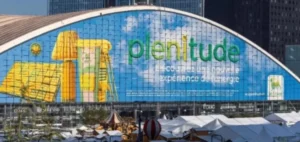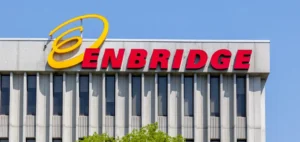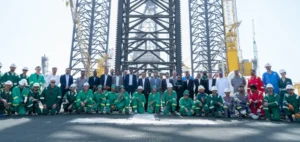Saudi Arabian Oil Company (Aramco) reported a net profit of $26.94 billion (SAR 101 billion) in the third quarter, compared to $27.56 billion for the same period last year. This marks the eleventh consecutive quarterly decline in the company’s net profit. The global macroeconomic environment, along with increased production levels from members of the Organization of the Petroleum Exporting Countries and their allies (OPEC+), continued to exert downward pressure on crude oil prices.
Adjusted results show slight growth
Excluding exceptional items, Aramco’s adjusted net income increased by 1% year-on-year, reaching $27.98 billion, exceeding market expectations. Fifteen analysts surveyed by the company had forecast a median value of $26.5 billion. This performance can be partly attributed to cost management and operational adaptation to changing prices.
Global demand remains under pressure from persistent trade tensions, while concerns over a recession weigh on price outlooks. The decision by several OPEC+ members to increase production quotas contributed to an influx of supply in the markets. Saudi Arabia continues to produce below its maximum capacity of 12 million barrels per day (Mb/d), maintaining a strategic buffer.
Deployment of digital solutions and budgetary pressure
Aramco continues to roll out digital solutions to enhance the efficiency of its operations. CEO Amin Nasser confirmed the company’s intention to accelerate the adoption of advanced artificial intelligence (AI) technologies. A recent minority stake acquisition in the Saudi AI company, Humain, was announced.
Despite its high profits, Aramco’s contribution to the Saudi budget remains critical. The government forecasts a budget deficit equivalent to 5.3% of GDP in 2025. The link between Aramco’s results and the fiscal health of the state remains a key factor in the kingdom’s production and investment policies.
Fragile balance amid market volatility
Saudi Arabia’s energy strategy, which relies on targeted production increases and competitive positioning in the global market, is set against a backdrop of significant volatility. Geopolitical tensions, particularly U.S. sanctions on Russian energy companies, have helped prevent a more pronounced decline in prices.
Market players anticipate continued downward pressure on prices as 2026 approaches, with several producing countries gradually increasing their export volumes. In this context, Aramco’s quarterly performance is closely monitored by analysts and fiscal policymakers in the kingdom.






















